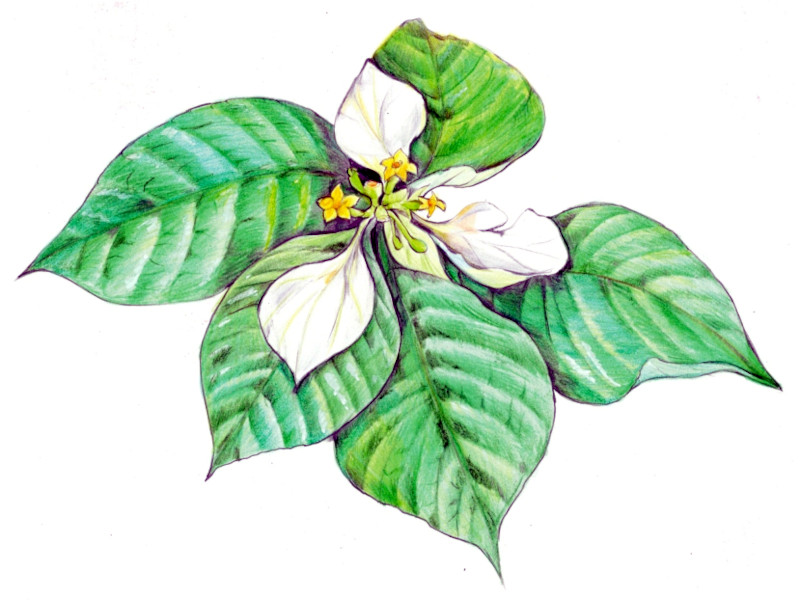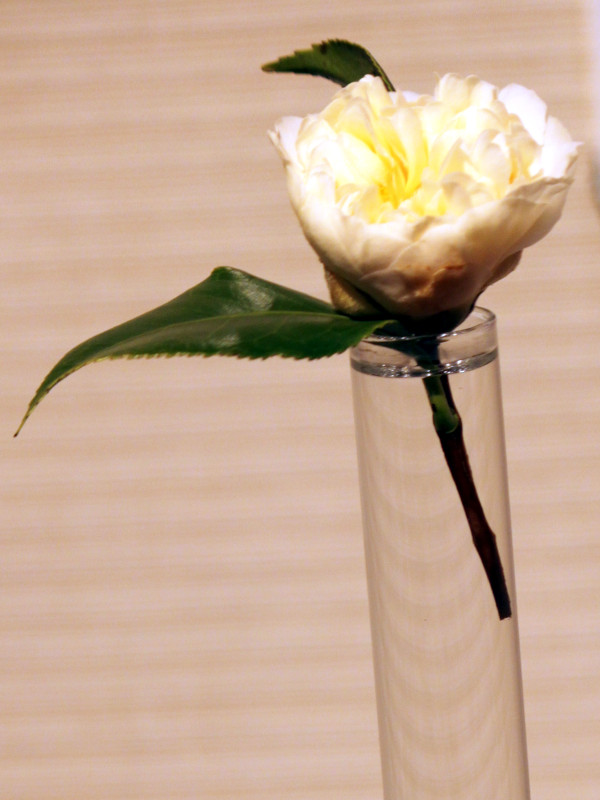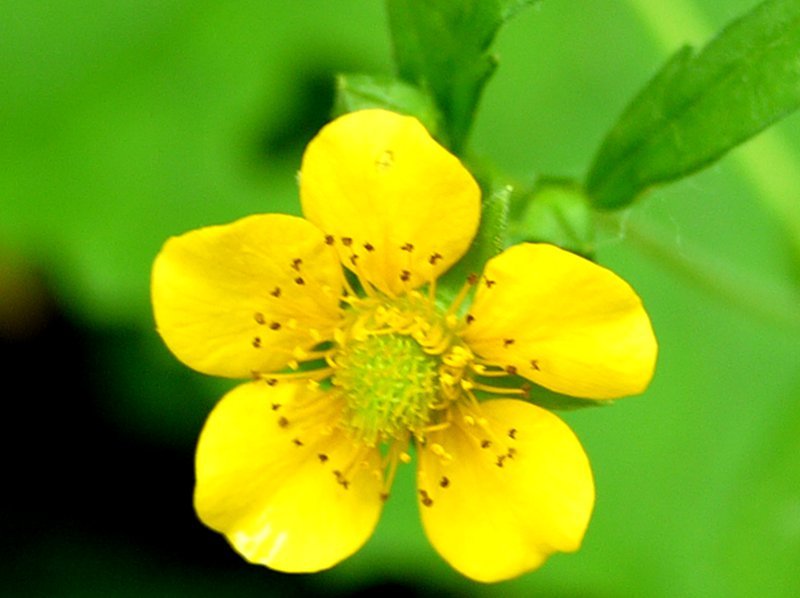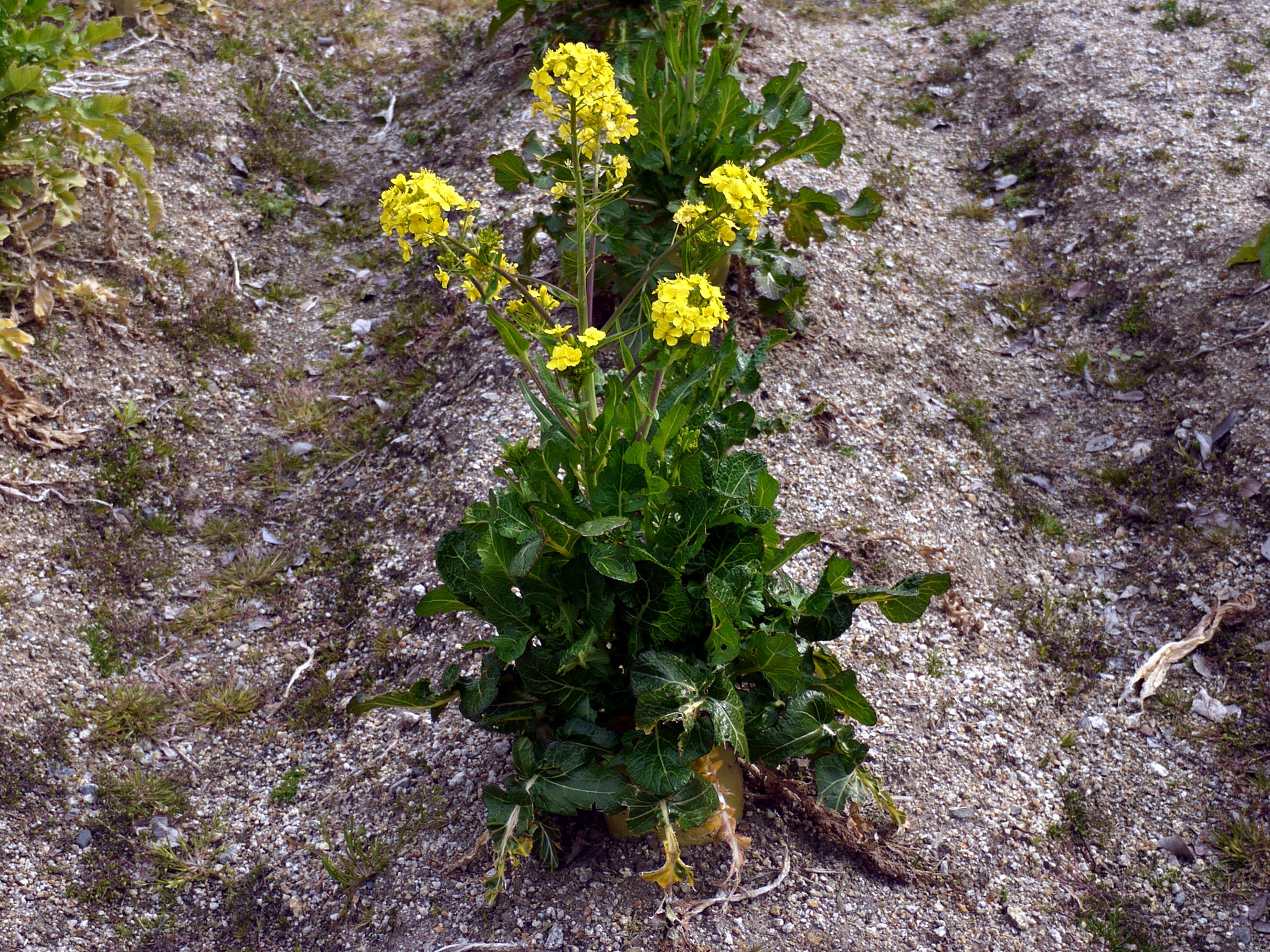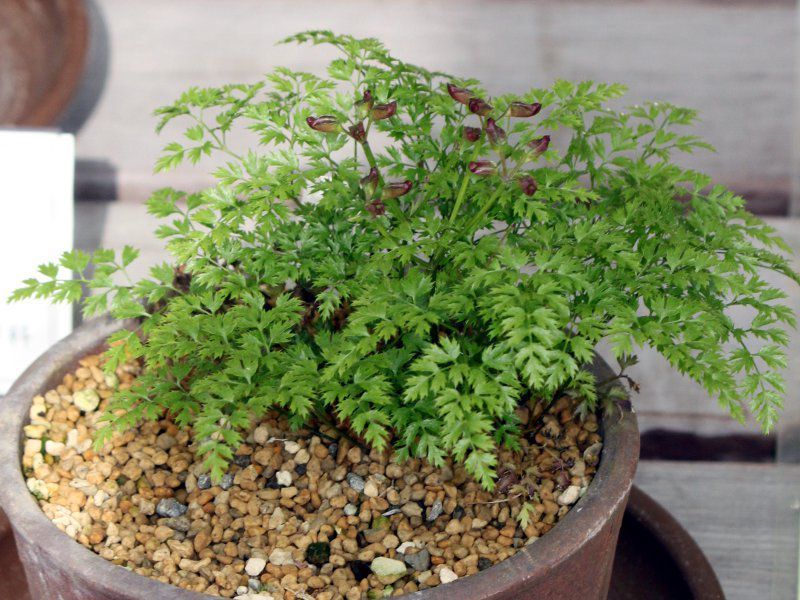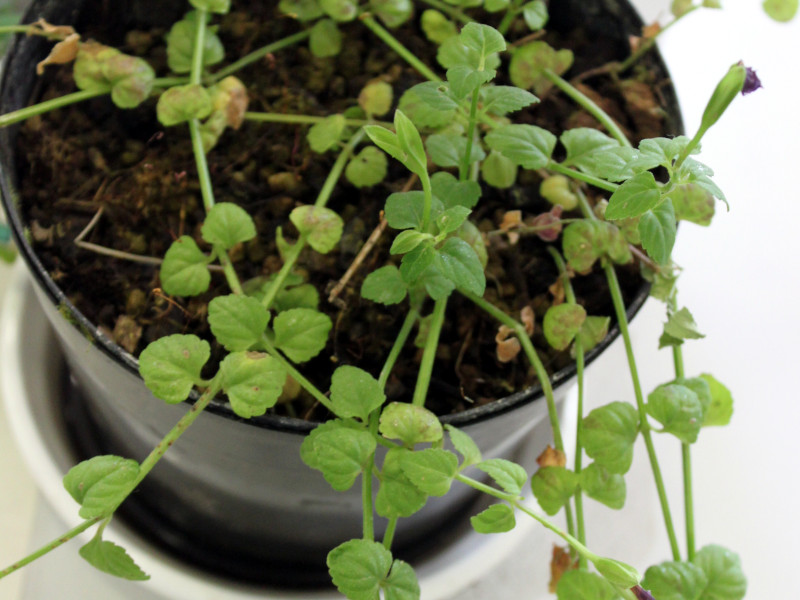Mussaenda shikokiana
- Flower nameMussaenda shikokiana
- Scientific nameMussaenda shikokiana
- Aliasひろはこんろんか, 広葉崑崙花
- Place of originJapan, Taiwan, and China
- Place of floweringGarden, Potted flower
- Flowering seasonJune, July
- Language of flowersMyth
What is Mussaenda shikokiana
Mussaenda shikokiana or Hiroha-konronka (scientific name: Mussaenda shikokiana) is a deciduous shrub of the genus Mussaenda in the family Rubiaceae, native to Japan, Taiwan, and China. In Japan, it is distributed in the Tokai region (Shizuoka Prefecture) to Kinki region (Mie and Wakayama prefectures), Shikoku, and Kyushu in mountainous areas and along mountain streams.
The petiole is 1 to 5 cm long and 1 to 3 m wide. The leaves are 6 to 20 cm long and 3 to 12 cm wide, broadly ovate, pointed at the tip, and wedge-shaped at the base. Both sides of the leaf have short hairs and conspicuous veins. The leaves are greenish in color. In June and July, the flowers are produced in clustered inflorescences between the leaves, with several yellow funnel-shaped flowers with five lobes at the tip. The corolla diameter is about 1.3 cm. As with the koronka (scientific name: Mussaenda parviflora), the calyx is five lobed and only one of the sepals grows to the same size as the leaf, which is pure white and looks like a flower.
Difference between M. shikokiana and M. parviflora
M. parviflora(Konronka ) and M. shikokiana(Hiroha konronka) are in the same genus and are similar.
The difference is that M. parviflora is a subtropical plant and is found in Japan from Tanegashima in Kyushu to Okinawa.
M. shikokiana is distributed in Honshu (Shizuoka, Mie, and Wakayama prefectures), Shikoku, and Kyushu.
The leaves of M. shikokiana are broadly ovate, 6 to 20 cm long, while those of M. parviflora (Konronka) are oblong-ovate, 8 to 10 cm long, with M. shikokiana's leaves being wider and larger.
Relationship to Dr. Makino
The Japanese name "Hiroha konronka" and Sciense name "Mussaenda shikokiana"is one of the trees discovered and named by Dr. Tomitaro Makino in Kochi Prefecture.
Common name: Mussaenda shikokiana or Hiroha-konronka scientific name: Mussaenda shikokiana, habitat: Japan, Taiwan, China, distribution: Tokai region (Shizuoka prefecture) to Kinki region (Mie prefecture and Wakayama prefecture) and Shikoku, habitat: mountainous areas and along mountain streams, Form: deciduous shrub, Height: 2-3 m, Petiole: 1-5 cm, Leaf: short hairy on both sides with prominent veins, Leaf color: green, Leaf shape: broadly elliptic to broadly ovate, acute, basally cuneate, Leaf length: 6-20 cm, leaf width: 3-12 cm, Leaf margin: entire, Inflorescence: opposite, Flowering period: June-July, Inflorescence form: panicles Flowering season: June to July; inflorescence shape: clustered inflorescence; flower color: yellow; corolla shape: funnel-shaped, flattened with 5 lobes at the tip; corolla diameter: 1.3 cm; calyx bract color: white; calyx bract length: 2 to 3 cm; 1 sepal is prominent; fruiting season: winter; fruit type: liquid fruit; fruit shape: globose; fruit diameter: 0.8 cm; fruit color: ripe, black-green.
